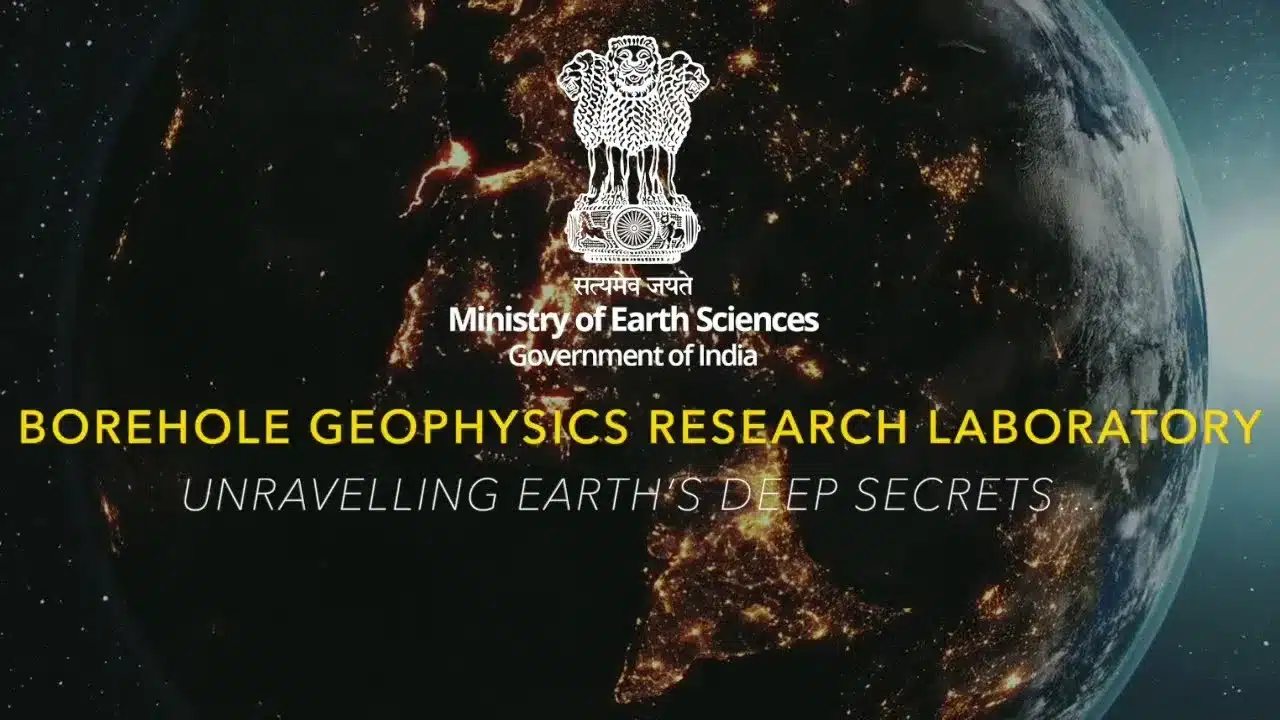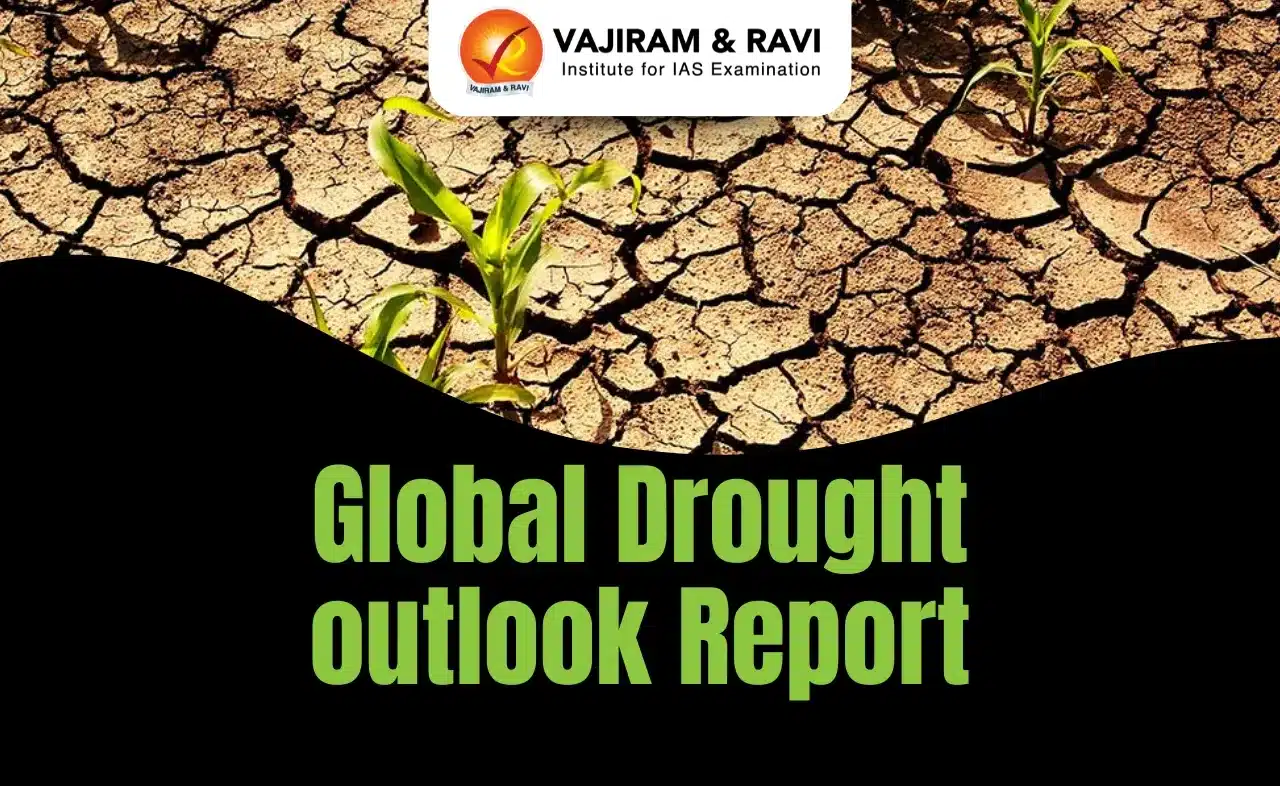About Borehole Geophysics Research Laboratory (BGRL):
- The BGRL in Karad, Maharashtra, is a specialised institute under theMinistry of Earth Sciences mandated to execute India’s sole scientific deep-drilling programme.
- Under BGRL, the aim is to drill the earth’s crust to a depth of 6 km and conduct studies to help expand the understanding of reservoir-triggered earthquakes in the Koyna-Warna region of Maharashtra.
- This region has been experiencing frequent earthquakes since the Shivaji Sagar Lake, or the Koyna Dam, was impounded in 1962.
- BGRL’s 3-km-deep pilot borehole in Koyna is complete; the Ministry of Earth Sciences is committed to reaching a depth of 6 km.
- It employs a unique drilling strategy—a hybrid of mud rotary drilling and air hammering.
- Benefits of a deep-drilling mission:
- Scientifically drilled boreholes can be a hub of direct, unique in situ experiments and observations and monitor a region’s fault lines and seismic behaviour.
- They also provide exact and fundamental knowledge of the composition of the earth’s crust, structure, and processes, and help validate models based on surface studies.
- Thus, it can inform a range of societal problems related to geohazards and geo-resources.
- It can also help expand scientific know-how and technological innovation, especially in seismology (the study of earthquakes).
- It can also spur the development of tools and equipment for drilling, observation, data analysis, sensors, etc.
Q1: What is mud rotary drilling?
Mud rotary drilling is a method for wellbore excavation. It involves the use of a spinning drill bit aided by a semi-fluid mixture known as mud. Mud rotary drilling is adaptable for a wide range of trenchless construction situations, and is considered the most versatile and common of drilling methods.
Source: Why is India drilling a 6-km deep hole in Maharashtra?
Last updated on June, 2025
→ UPSC Notification 2025 was released on 22nd January 2025.
→ UPSC Prelims Result 2025 is out now for the CSE held on 25 May 2025.
→ UPSC Prelims Question Paper 2025 and Unofficial Prelims Answer Key 2025 are available now.
→ UPSC Calendar 2026 is released on 15th May, 2025.
→ The UPSC Vacancy 2025 were released 1129, out of which 979 were for UPSC CSE and remaining 150 are for UPSC IFoS.
→ UPSC Mains 2025 will be conducted on 22nd August 2025.
→ UPSC Prelims 2026 will be conducted on 24th May, 2026 & UPSC Mains 2026 will be conducted on 21st August 2026.
→ The UPSC Selection Process is of 3 stages-Prelims, Mains and Interview.
→ UPSC Result 2024 is released with latest UPSC Marksheet 2024. Check Now!
→ UPSC Toppers List 2024 is released now. Shakti Dubey is UPSC AIR 1 2024 Topper.
→ Also check Best IAS Coaching in Delhi
























